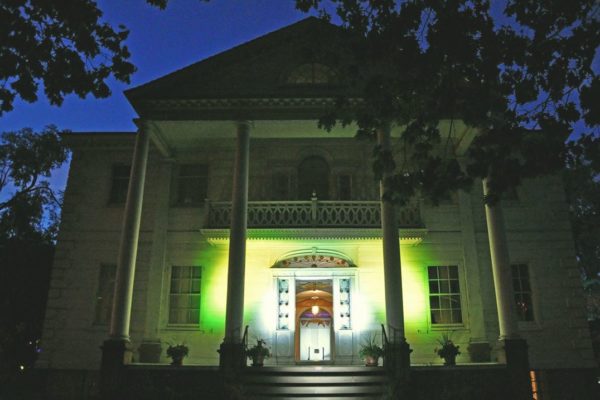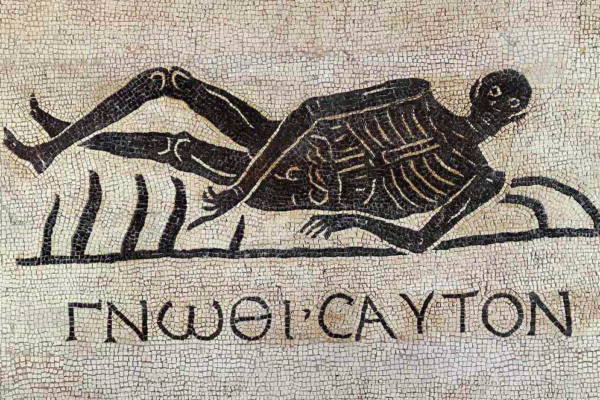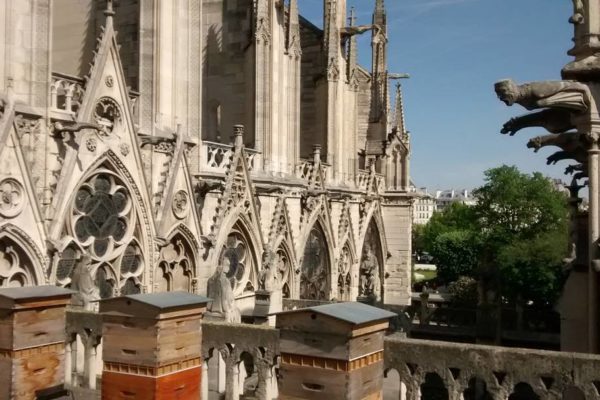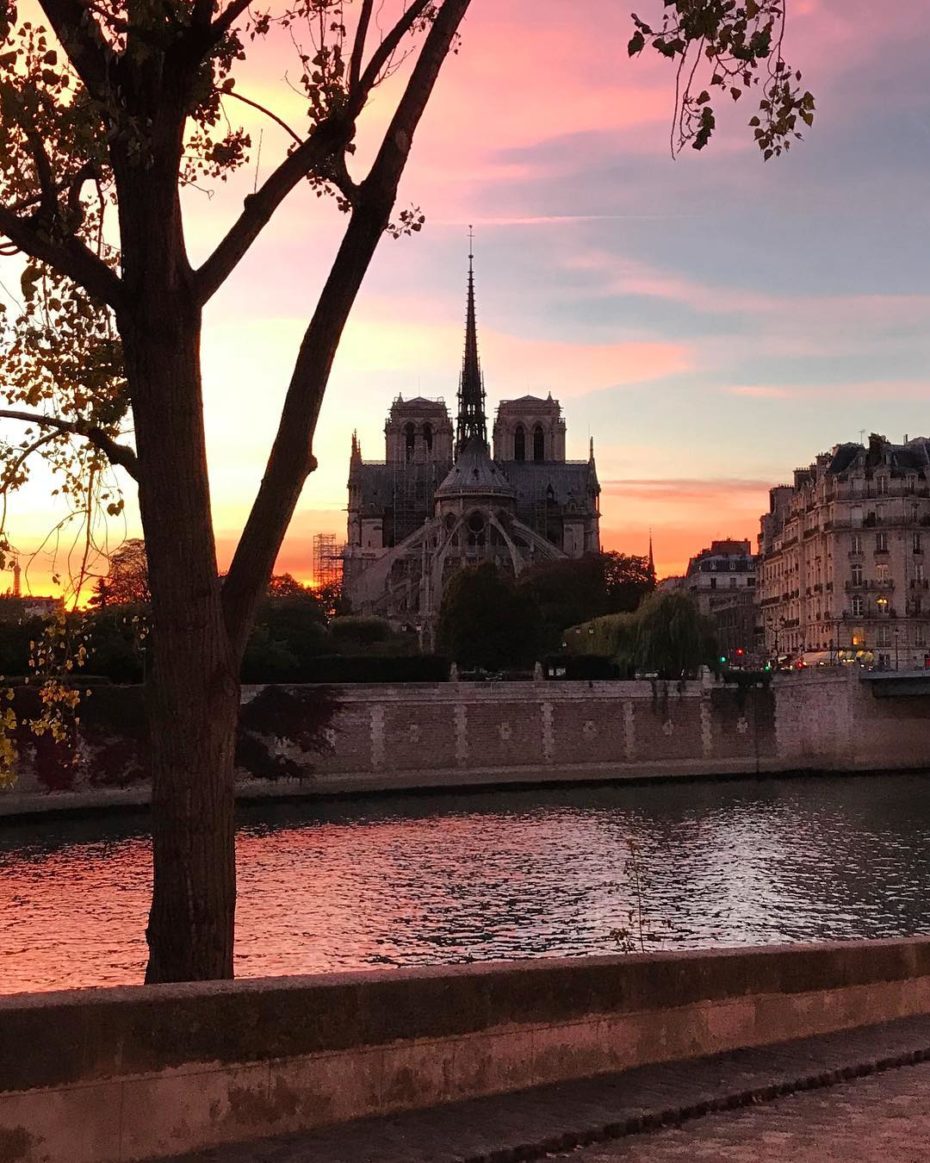
On 15th April 2019, millions of people around the world watched as Paris’ Notre Dame Cathedral was engulfed in flames. Masses gathered on the banks of the Seine to sing hymns to Our Lady as a reported 500 firefighters battled the 15-hour blaze.
That evening, as first the roof and then the spire fell to the fire, it was hard to believe that there would be anything left standing on the historic, spiritual site on Île de la Cîté. Little by little, good news emerged: twelve 19th-century bronze statues representing Jesus’ disciples had been removed for restoration work just a week prior. Then reports came that both of the bell towers had been saved and preserved from ruin. With the flames extinguished, the full extent of the damage was examined to reveal it to be “not quite as devastating” as previously imagined. Some might call it miraculous. Anne Hidalgo, the mayor of Paris, announced that Notre Dame’s most iconic relic, a rush of thorns encased in crystal thought to have formed part of the original biblical crown of thorns, was safe. One of the three magnificent stained glass rose windows also endured the inferno. Countless artworks and pews remained intact. The bees survived.
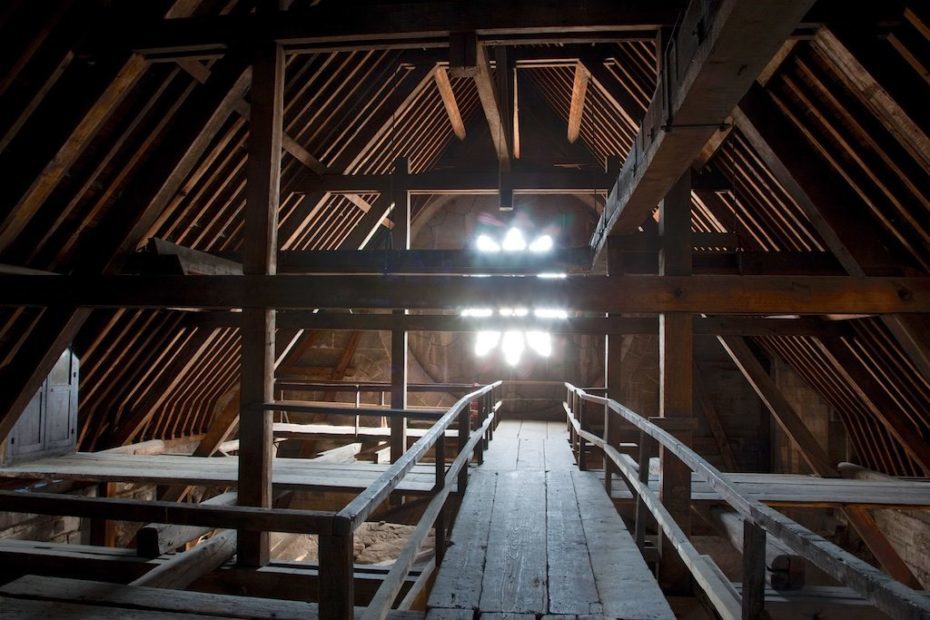
Saving graces, they may be, but these consolations do not overshadow the gargantuan loss suffered by this 856-year-old monument. The beams used in the original roof were crafted from thousands of enormous oak trees that supported the high vaulted ceilings. This intricate wooden lattice was known as “the forest”. The sheer scale of the building required trees of a size that simply doesn’t exist in France any more, certainly not in the numbers required to loyally recreate the frame. The Paris skyline as we know it is gone forever. However, many are looking on this as an opportunity to make a lasting 21st-century mark on it. A competition has already been launched to redesign the iconic spire, whose original 13th-century iteration was updated in the 19th century.
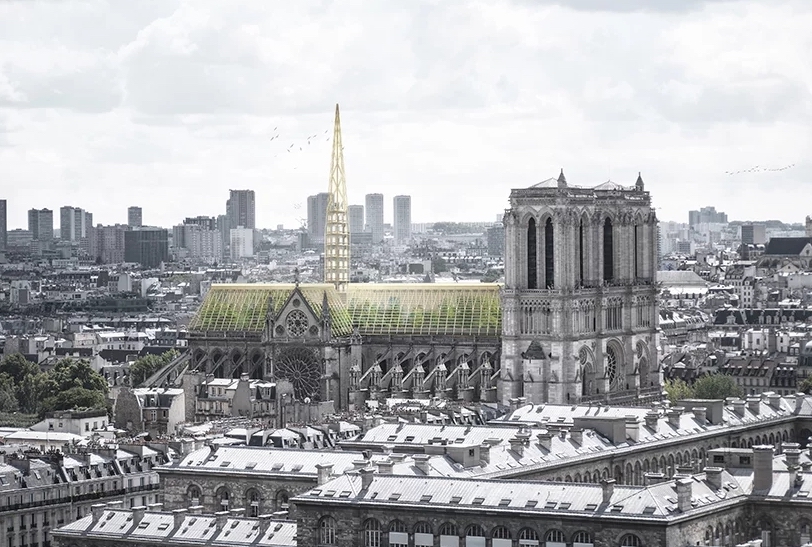
Despite the somewhat questionable flurry of multi-million euro bids to help restore the Notre Dame, her vast doors will remain closed to the public for the foreseeable future. Experts say that it could take ten to fifteen years to complete. President Macron reckons he can get it sorted in five. Wherever you place your bets, it’s safe to say that if your summer plans were to discover this spectacular example of 12th-century High Gothic architecture of monumental cultural, historical and religious importance, those plans have been scuppered. But don’t despair. Goth is not dead.
Île-de-France – the department encompassing the capital – is the birthplace of this impressive decorative style. As such, Paris and its environs boast an abundance of Gothic architectural beauty. Seize this opportunity to discover some of the other magnificent Middle Aged monuments still standing – all within reach of the convalescing Notre Dame de Paris.
Sainte Chapelle
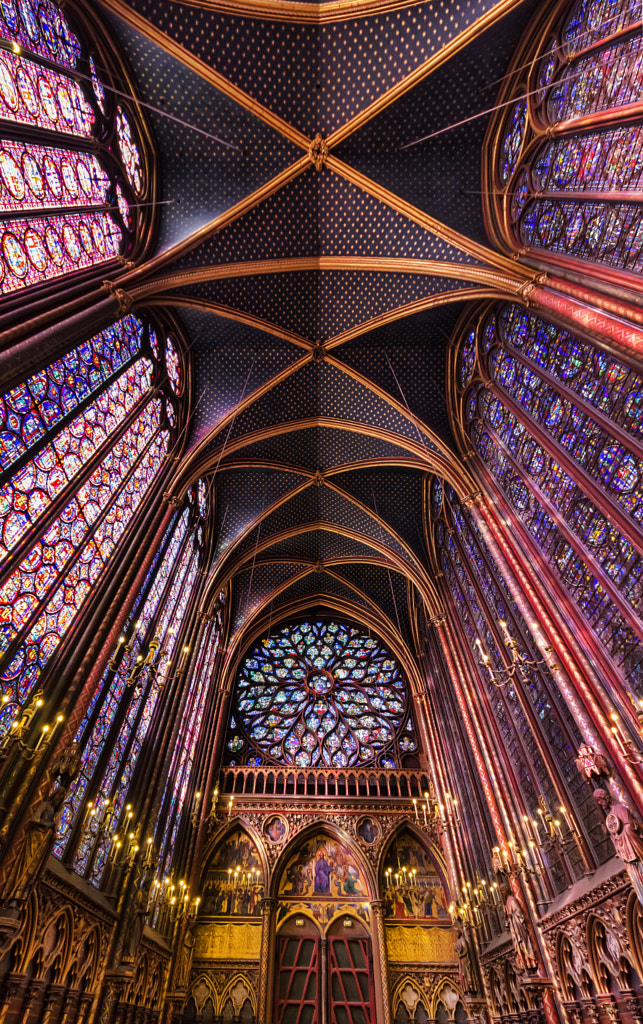
Not all Goths wear black! Sharing a postcode with the Notre Dame de Paris herself, Sainte Chapelle was out of harm’s way on the other side of Ile de la Cite during the blaze. This self-described “gem of Gothic style” was erected in just seven years for the express purpose of housing Passion relics.
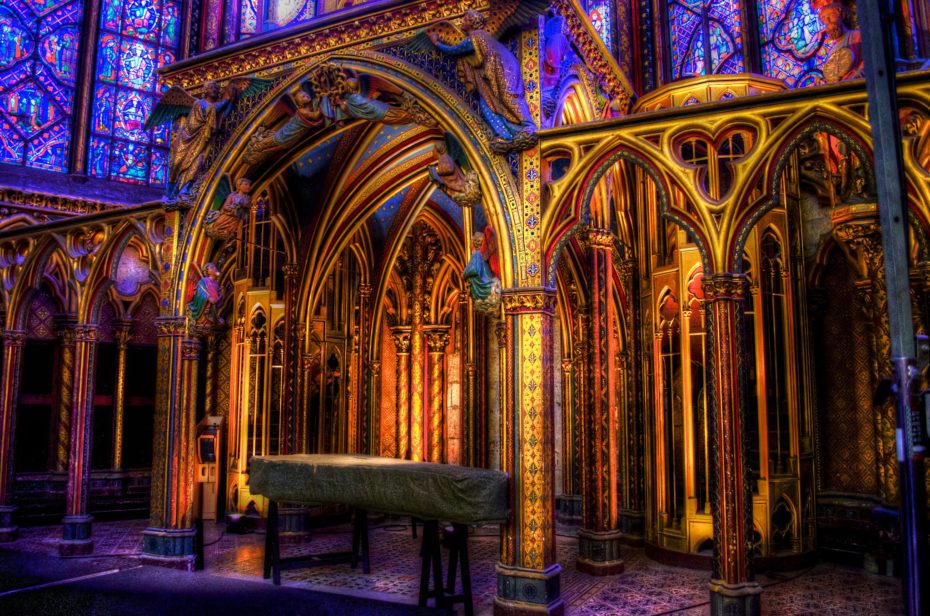
However, it may prove hard to concentrate on the display cases and exhibits when you are dwarfed by 15, 15-metre tall stained glass windows arranged in the nave and apse depicting stories from the Bible. These radiant works constitute one of the most extensive collections of 13th-century stained glass in the world.
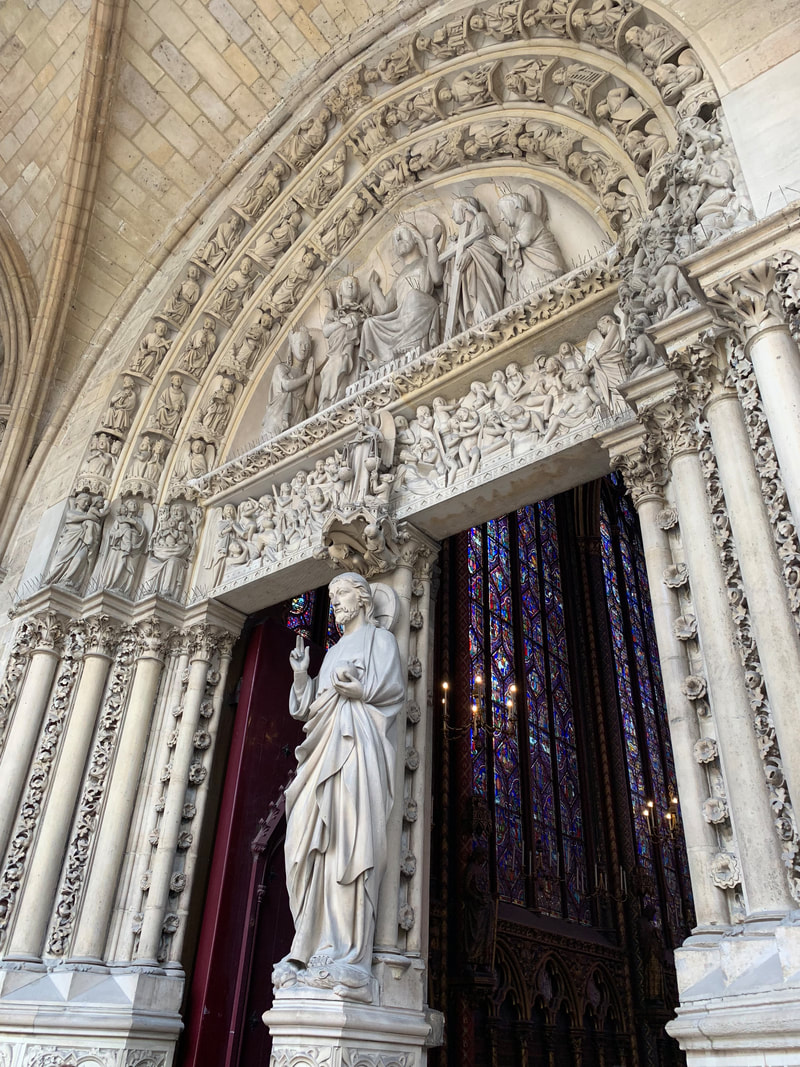
Double up your pilgrimage by popping across to the Conciergerie, a Gothic palace – what could be more goth than that? – on the same site, that once served as a prison that held Marie Antoinette during the French Revolution.
Access: Metro line 4 to station Cité. More info: www.sainte-chapelle.fr
Basilica of Saint-Denis
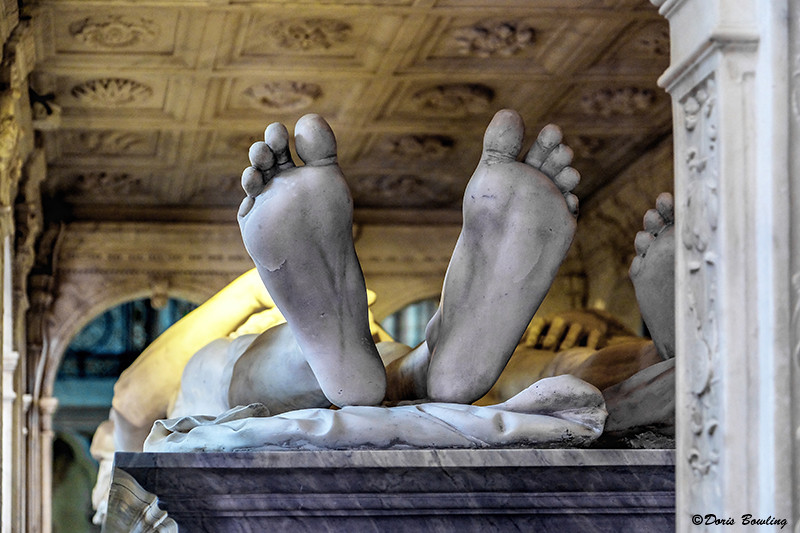
The Basilica of Saint-Denis is just north of the city limits. This is the earliest example of Gothic architecture, designed in the 12th-century and completed in the 13th. It was built on the grave of Saint Denis, the first bishop of Paris. Today, it houses the final resting places of over 70 French monarchs.
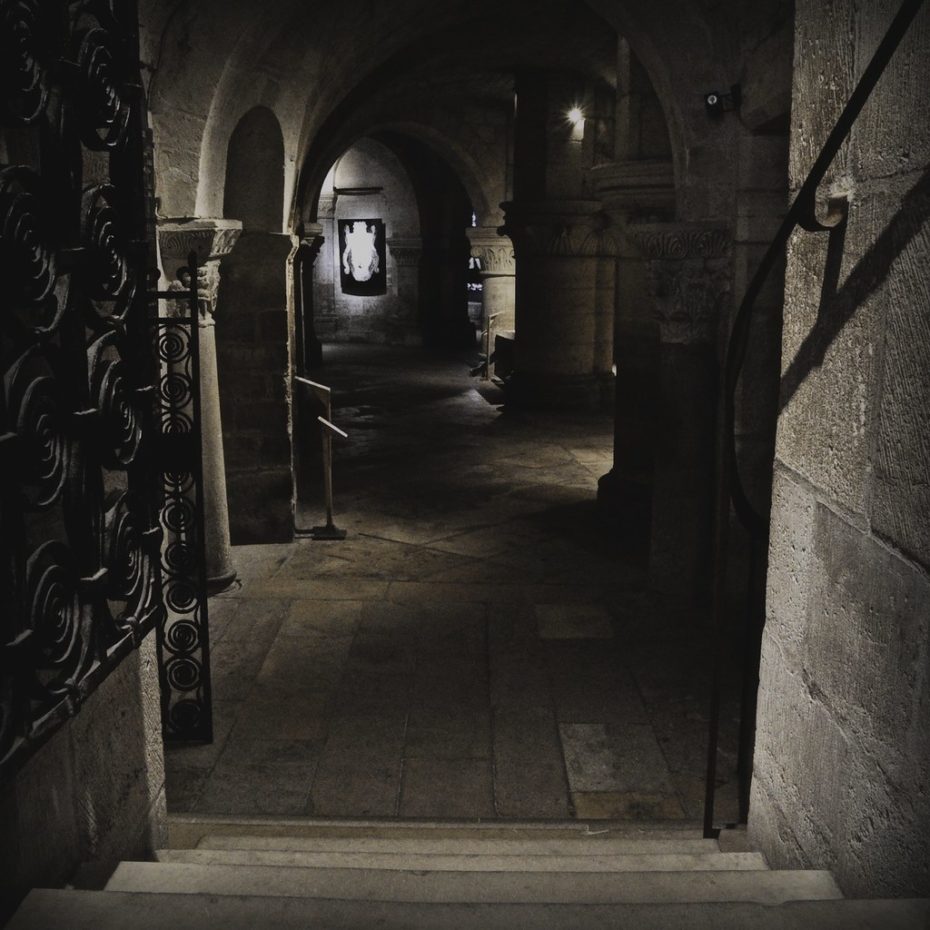
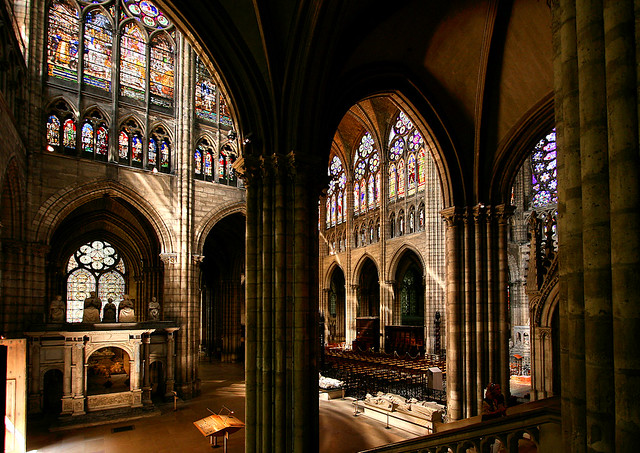
Their stone tombs comprise the largest collection of funerary sculpture from the 12th to the 16th centuries. These eerie memorials are softened by multi-coloured sunbeams that filter in through the rose window – which was among the first of its kind. This intentional use of light in a church was also an innovation by the designer Abbot Suger.
Access: Metro line 13 to station Basilique de Saint-Denis. More info: www.saint-denis-basilique.fr
Saint-Eustache
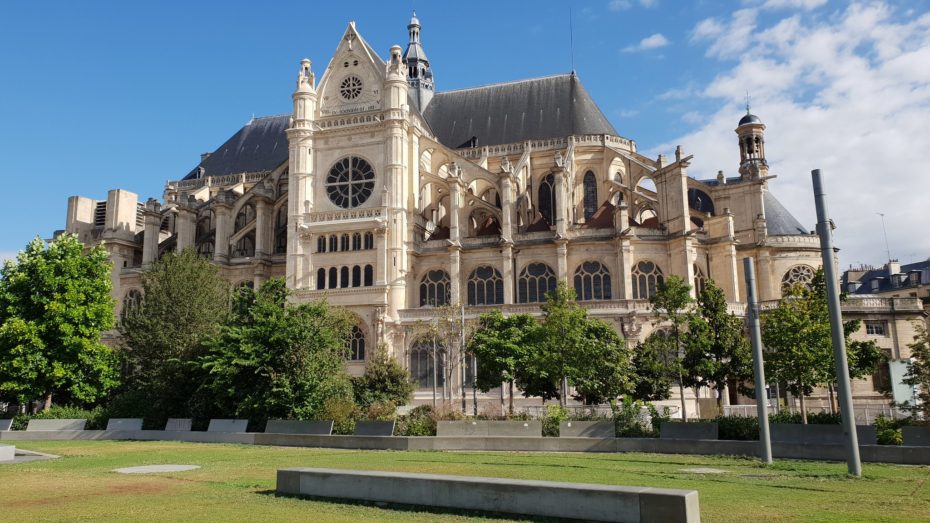
If you’re into a good set of buttresses, Saint-Eustache is the Gothic church for you. This 13th-century parish is in stark contrast to the contemporary Forum des Halles shopping centre it faces. Architecturally speaking, it is described as the “daughter of the Notre Dame de Paris”, mirroring the monument’s plan and structure. Cross the threshold and you’ll discover quite a different ambience.

For over 300 years, Saint-Eustache has been a patron of the arts, accumulating a vast number of dedicated religious works from artists ranging from Rubens to Keith Haring. Throughout the year, both traditional and contemporary events, exhibitions and installations are presented beneath the vaulted ceilings.
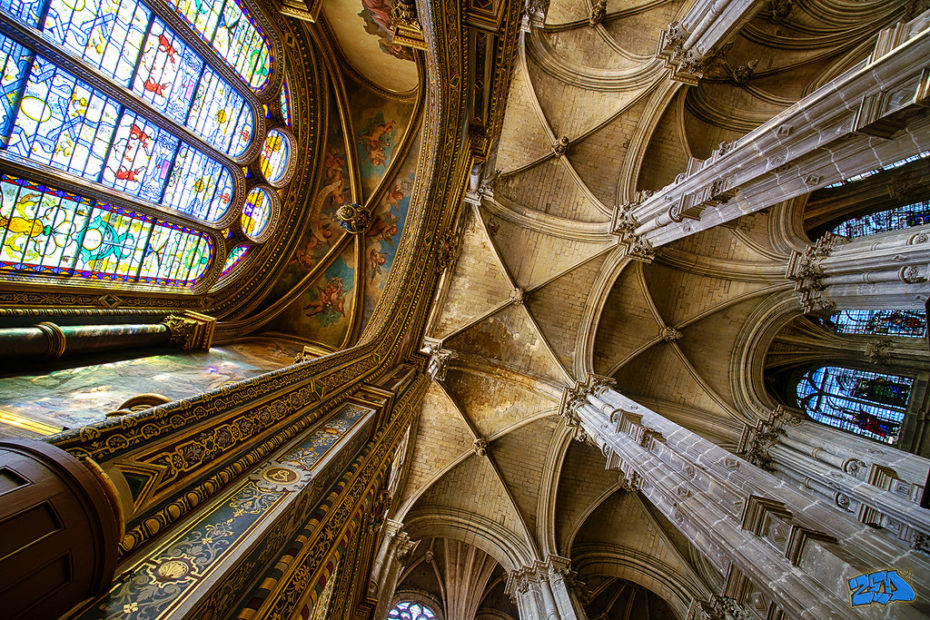
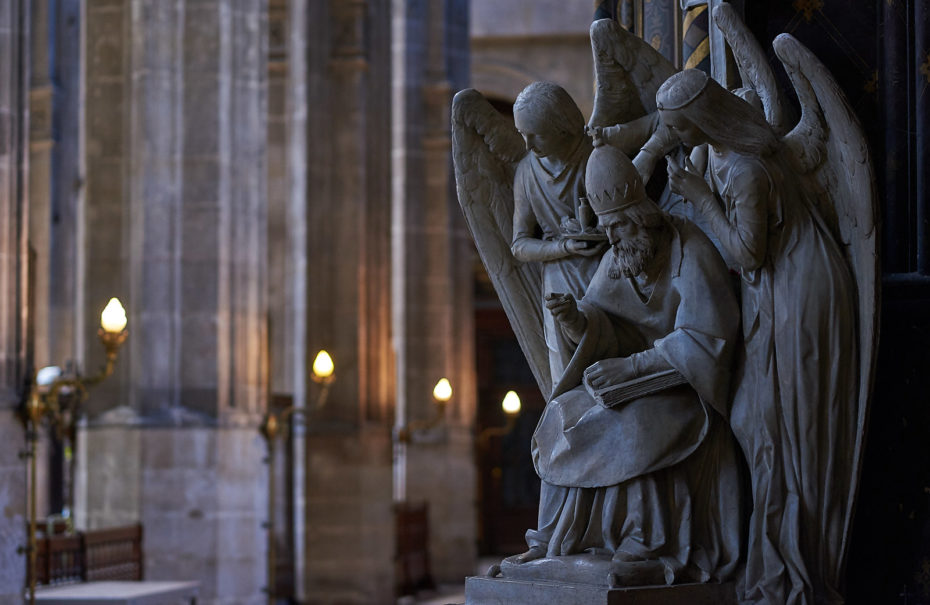
Access: Metro line 4 to station Les Halles. More info: www.saint-eustache.org
American Cathedral of the Holy Trinity
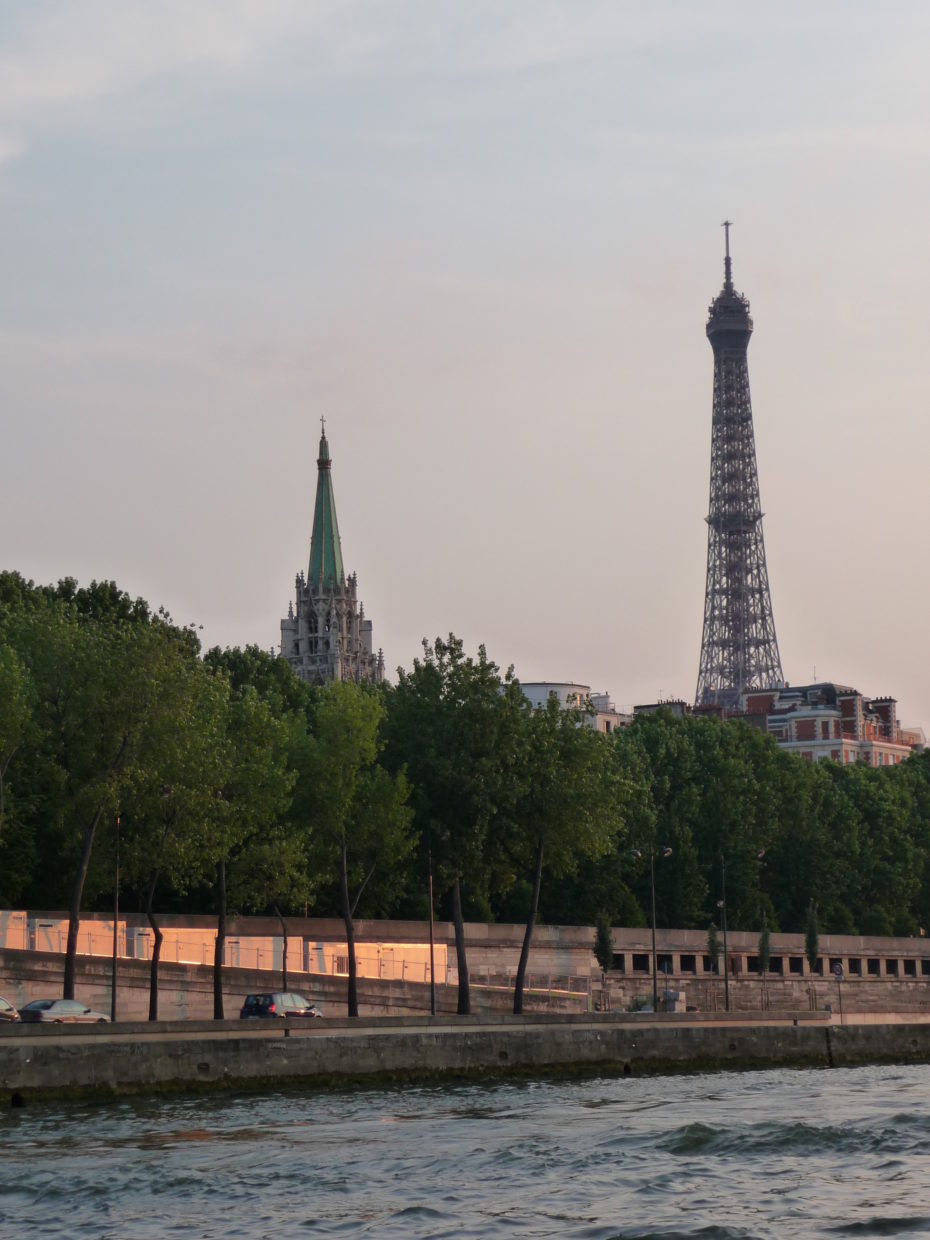
Technically, the American Cathedral is only an example of 19th-century Gothic Revival architecture, but nevertheless this is an important marker on the map, especially for those looking to use the church for its intended purpose of worship. As one of the oldest English-language churches in Paris, it is a pillar of the expat community, welcoming people from all backgrounds, including LGBTQ+ people. Notably, it became the first church to ordain an openly gay bishop in 2003, and just over a decade later added a new rite to the Book of Common Prayer to acknowledge same-sex marriages.


For many newcomers to the city, the American Cathedral represents a safe, accepting haven to enjoy regular church services and music events, as well as find work and housing through its vast network throughout the city.
Access: Metro line 1 to George V or line 9 to Alma Marceau. More info: www.amcathparis.com
Reims Cathedral

For hardcore Goth fans, hop on an intercity train to Reims. While still within our 2-hour catchment area, this soaring High Gothic beauty is actually beyond the border of Île-de-France, in the capital of the Champagne region. Surely there can be no better way to pay homage to the generations of monarchs who were crowned here than to raise a flute of fizz to their memory?
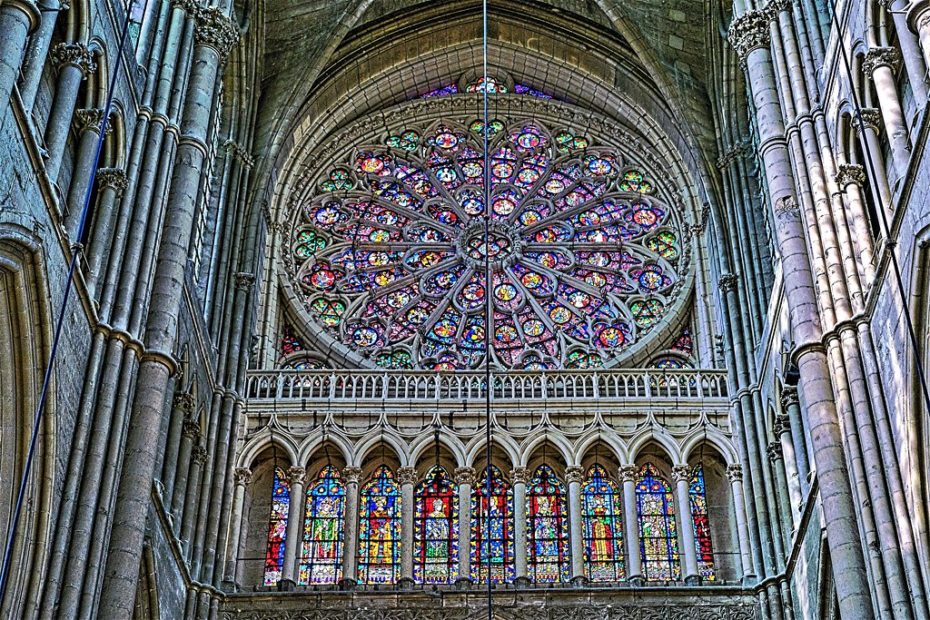
Construction began in 1211, at the site of a fire that destroyed the church that once stood here. The former church was where Clovis I, the first King of France, was baptised in 496. Just over 500 years later, Henry I became the first king to have his coronation at Reims Cathedral, where they continued to take place right up until the French decided that having a Monarchy wasn’t for them.
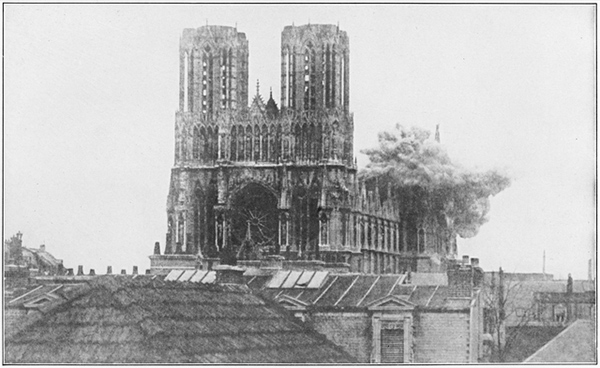
The towers, which were severely damaged from German shelling in the First World War. The north tower caught fire, spreading the blaze to all parts of the timber frame superstructure. The lead in the roofing melted and poured through the stone gargoyles.
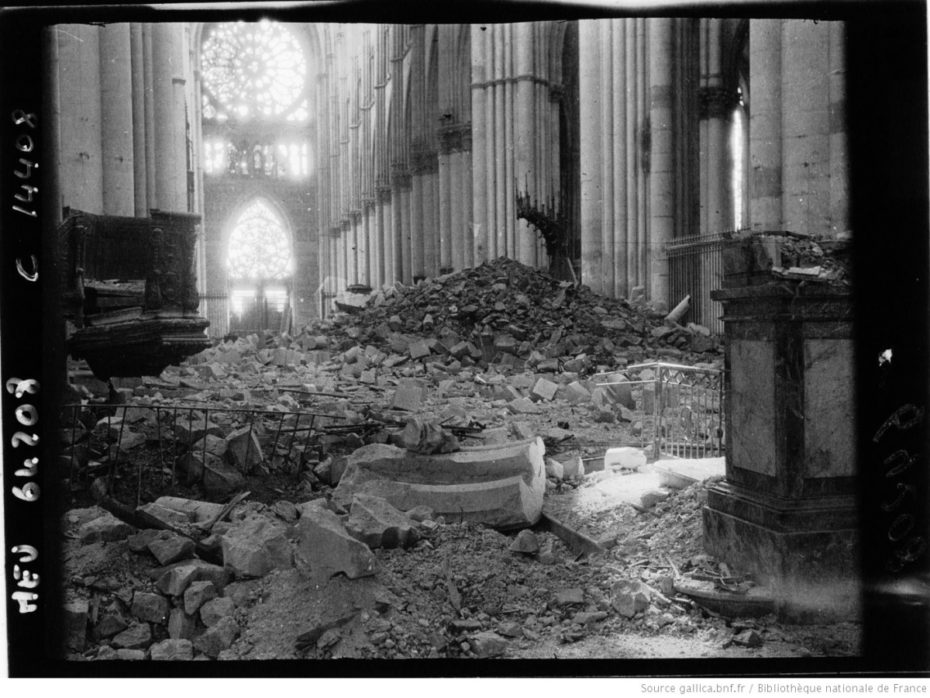
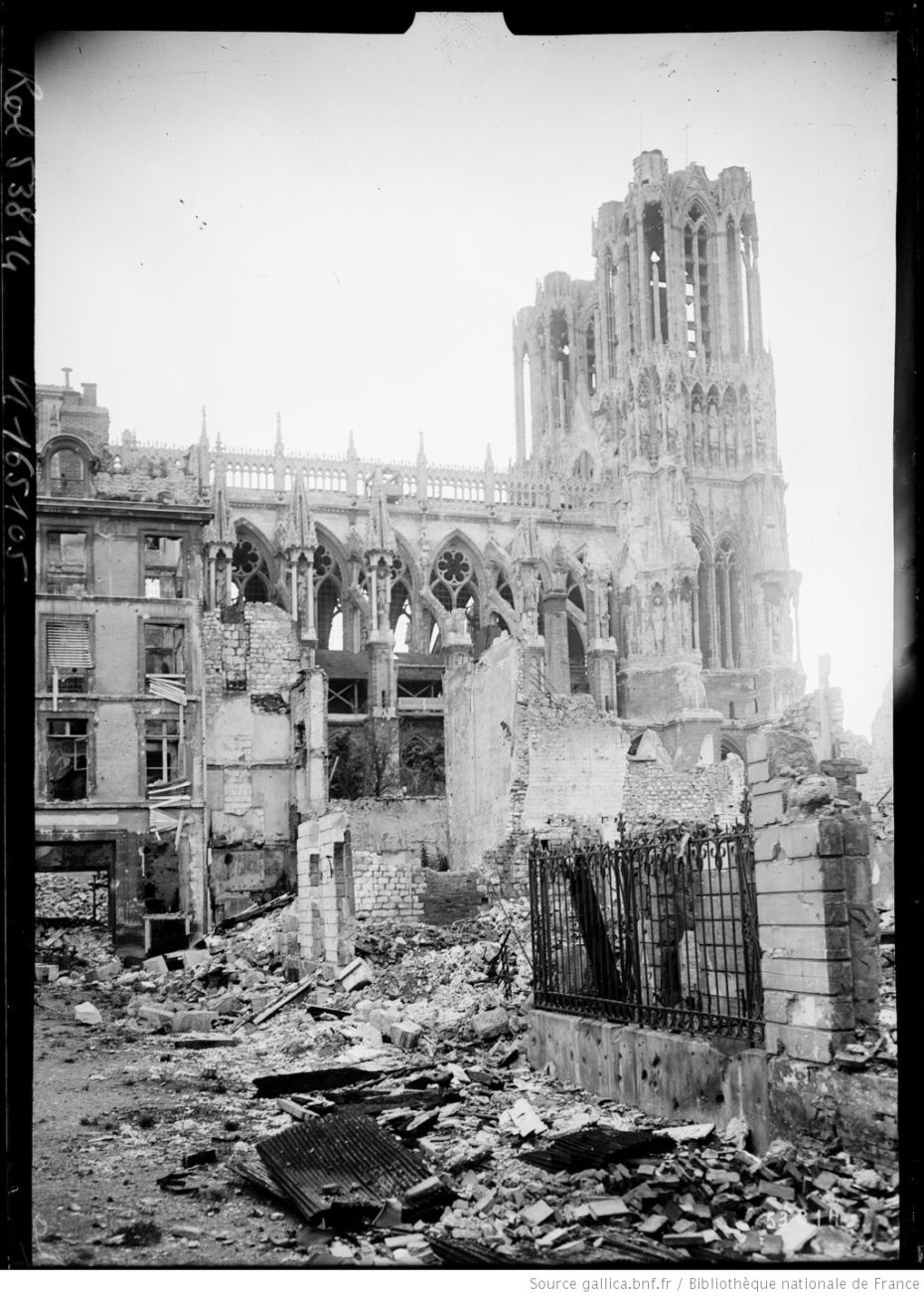
Restoration work began in 1919, with financial support from the Rockefellers. It reopened in 1938, having been meticulously restored; a testament to patient, perseverant restoration…

Access: TER from Gare de l’Est. More info: www.cathedrale-reims.fr







